#brief history of
Text
What does life in North Korea look like outside of Pyongyang? 🇰🇵
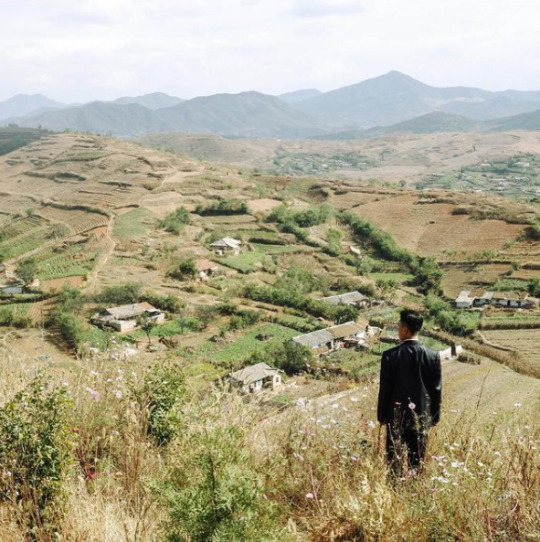
Hey, I'm back again with a very scary "tankie" post that asks you to think of North Koreans as people, and to consider their country not as a cartoonish dystopia, but as a nation that, like any other place on earth, has culture, traditions, and history.
Below is a collection of pictures from various cities and places in North Korea, along with a brief dive into some of the historical events that informs life in the so-called "hermit kingdom."
Warning: very long post
Kaesong, the historic city
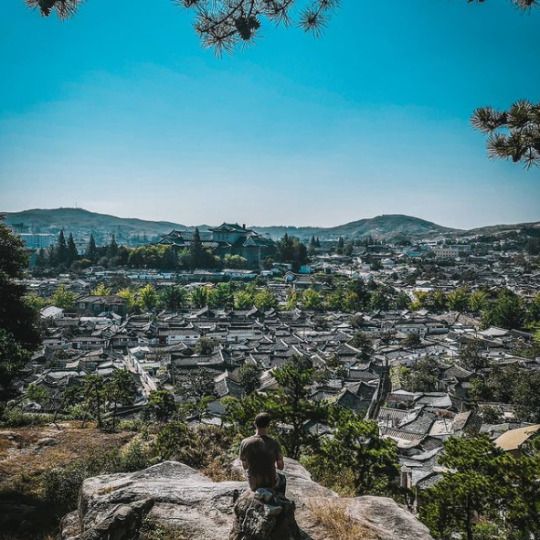
Beginning this post with Kaesong, one of the oldest cities in Korea. It's also one of the few major cities in the DPRK (i.e. "North Korea") that was not completely destroyed during the Korean war.
Every single city you'll see from this point on were victims of intense aerial bombardments from the U.S. and its allies, and had to be either partially or completely rebuilt after the war.
From 1951 to 1953, during what has now become known as the "forgotten war" in the West, the U.S. dropped 635,000 tons of bombs over Korea — most of it in the North, and on civilian population centers. An additional 32,000 tons of napalm was also deployed, engulfing whole cities in fire and inflicting people with horrific burns:
For such a simple thing to make, napalm had horrific human consequences. A bit of liquid fire, a sort of jellied gasoline, napalm clung to human skin on contact and melted off the flesh. Witnesses to napalm's impact described eyelids so burned they could not be shut and flesh that looked like "swollen, raw meat." - PBS
Ever wondered why North Koreans seem to hate the U.S so much? Well...
Keep in mind that only a few years prior to this, the U.S. had, as the first and only country in the world, used the atomic bomb as a weapon of war. Consider, too, the proximity between Japan and Korea — both geographically and as an "Other" in the Western imagination.
As the war dragged on, and it became clear the U.S. and its allies would not "win" in any conventional sense, the fear that the U.S. would resort to nuclear weapons again loomed large, adding another frightening dimension to the war that can probably go a long way in explaining the DPRK's later obsession with acquiring their own nuclear bomb.
But even without the use of nuclear weapons, the indiscriminate attack on civilians, particularly from U.S. saturation bombings, was still horrific:
"The number of Korean dead, injured or missing by war’s end approached three million, ten percent of the overall population. The majority of those killed were in the North, which had half of the population of the South; although the DPRK does not have official figures, possibly twelve to fifteen percent of the population was killed in the war, a figure close to or surpassing the proportion of Soviet citizens killed in World War II" - Charles K. Armstrong
On top of the loss of life, there's also the material damage. By the end of the war, the U.S. Air Force had, by its own estimations, destroyed somewhere around 85% of all buildings in the DPRK, leaving most cities in complete ruin. There are even stories of U.S. bombers dropping their loads into the ocean because they couldn't find any visible targets to bomb.
What you'll see below of Kaesong, then, provides both a rare glimpse of what life in North Korea looked like before the war, and a reminder of what was destroyed.

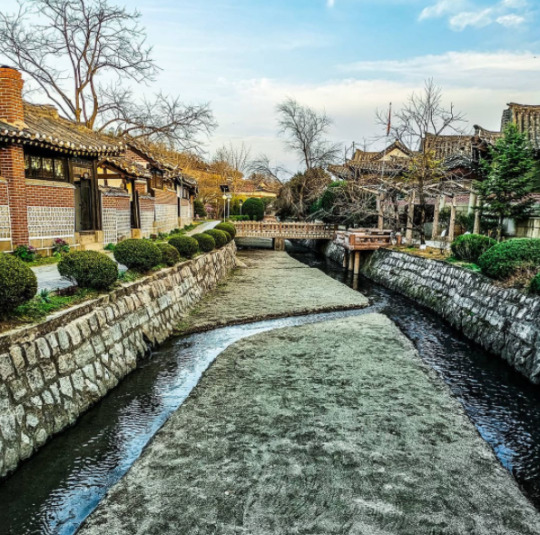

Kaesong's main street, pictured below.
Due the stifling sanctions imposed on the DPRK—which has, in various forms and intensities, been in effect since the 1950s—car ownership is still low throughout the country, with most people getting around either by walking or biking, or by bus or train for longer distances.
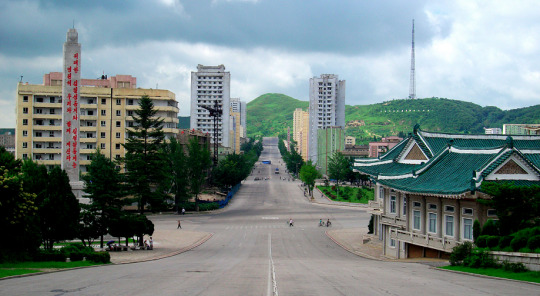
Kaesong, which is regarded as an educational center, is also notable for its many Koryŏ-era monuments. A group of twelve such sites were granted UNESCO world heritage status in 2013.
Included is the Hyonjongnung Royal Tomb, a 14th-century mausoleum located just outside the city of Kaesong.
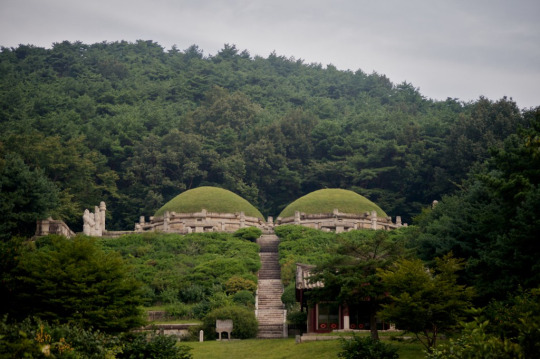
One of the statues guarding the tomb.
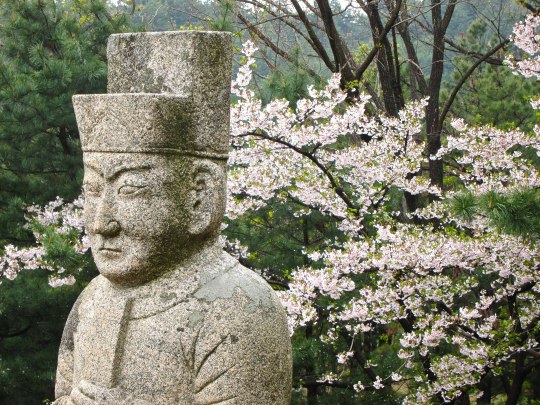
Before moving on the other cities, I also wanted to showcase one more of the DPRK's historical sites: Pohyonsa, a thousand-year-old Buddhist temple complex located in the Myohyang Mountains.

Like many of DPRK's historic sites, the temple complex suffered extensive damage during the Korean war, with the U.S. led bombings destroying over half of its 24 pre-war buildings.
The complex has since been restored and is in use today both as a residence for Buddhist monks, and as a historic site open to visitors.


Hamhung, the second largest city in the DPRK.
A coastal city located in the South Hamgyŏng Province. It has long served as a major industrial hub in the DPRK, and has one of the largest and busiest ports in the country.
Hamhung, like most of the coastal cities in the DPRK, was hit particularly hard during the war. Through relentless aerial bombardments, the US and its allies destroyed somewhere around 80-90% percent of all buildings, roads, and other infrastructure in the city.
Now, more than seventy years later, unexploded bombs, mortars and pieces of live ammunition are still being unearthed by the thousands in the area. As recently as 2016, one of North Korea's bomb squads—there's one in every province, faced with the same cleanup task—retrieved 370 unexploded mortar rounds... from an elementary school playground.
Experts in the DPRK estimate it will probably take over a hundred years to clean up all the unexploded ordnance—and that's just in and around Hamhung.
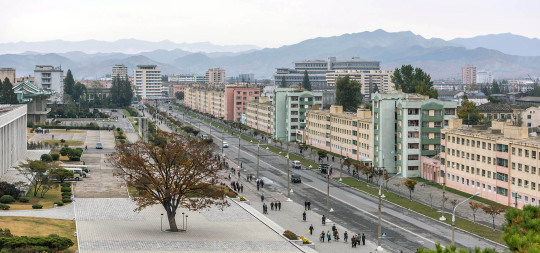

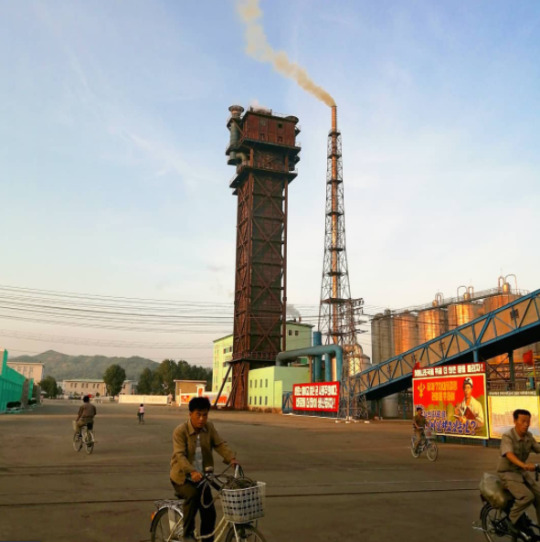
Hamhung's fertilizer plant, the biggest in North Korea.
When the war broke out, Hamhung was home to the largest nitrogen fertilizer plant in Asia. Since its product could be used in the creation of explosives, the existence of the plant is considered to have made Hamhung a target for U.S. aggression (though it's worth repeating that the U.S. carried out saturation bombings of most population centers in the country, irrespective of any so-called 'military value').
The plant was immediately rebuilt after the war, and—beyond its practical use—serves now as a monument of resistance to U.S. imperialism, and as a functional and symbolic site of self-reliance.
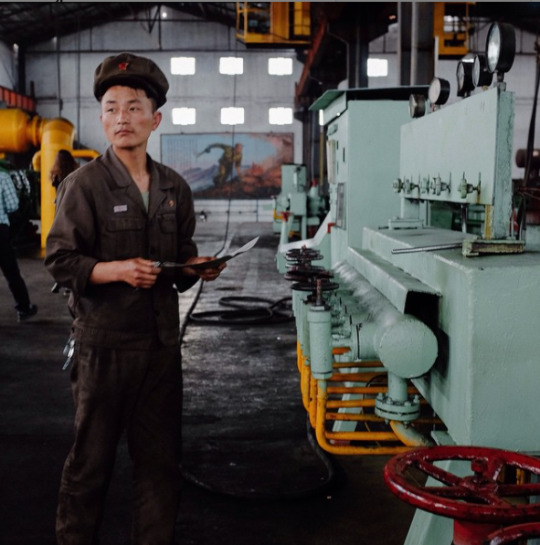
Chongjin, the third largest city in the DPRK.
Another coastal city and industrial hub. It underwent a massive development prior to the Korean war, housing around 300,000 people by the time the war broke out.
By 1953, the U.S. had destroyed most of Chongjin's industry, bombed its harbors, and killed one third of the population.
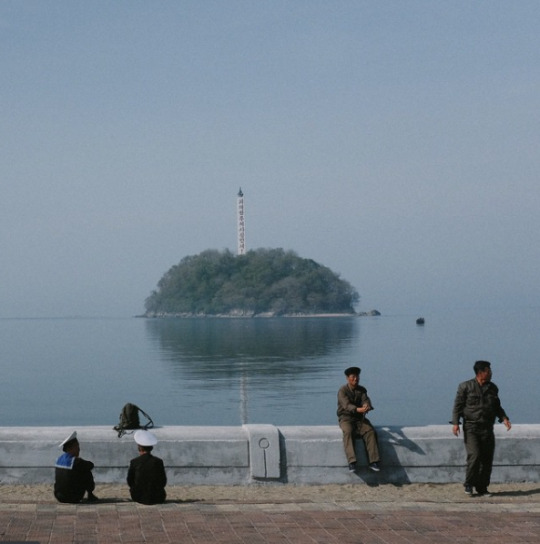
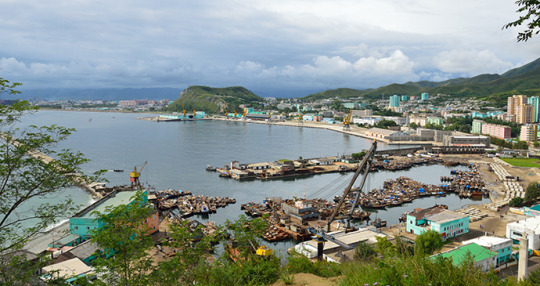

Wonsan, a rebuilt seaside city.
The city of Wonsan is a vital link between the DPRK's east and west coasts, and acts today as both a popular holiday destination for North Koreans, and as a central location for the country's growing tourism industry.
Considered a strategically important location during the war, Wonsan is notable for having endured one of the longest naval blockades in modern history, lasting a total of 861 days.
By the end of the war, the U.S. estimated that they had destroyed around 80% of the city.
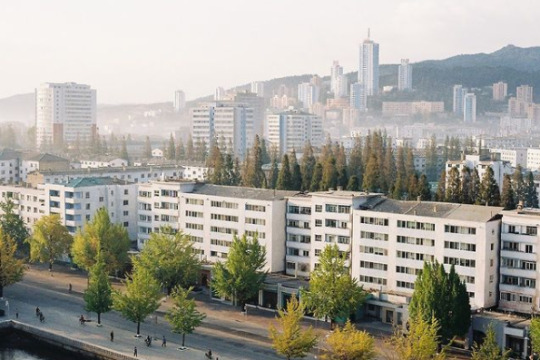

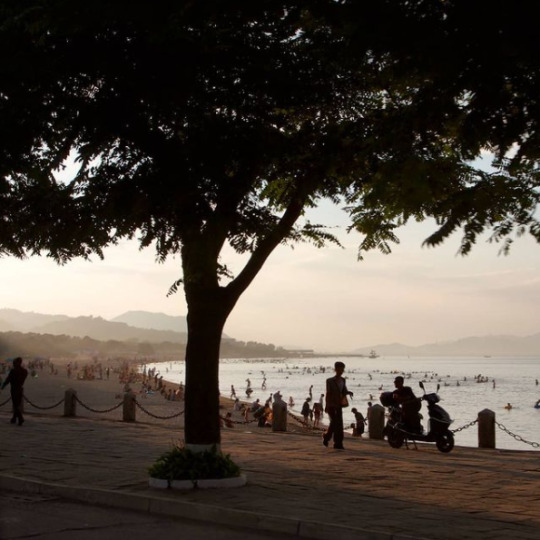

Masikryong Ski Resort, located close to Wonsan. It opened to the public in 2014 and is the first, I believe, that was built with foreign tourists in mind.
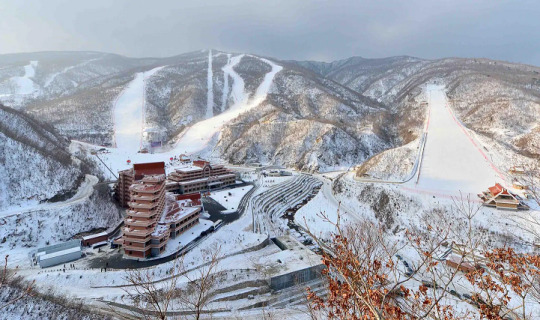
Sariwon, another rebuilt city
One of the worst hit cities during the Korean War, with an estimated destruction level of 95%.
I've written about its Wikipedia page here before, which used to mockingly describe its 'folk customs street'—a project built to preserve old Korean traditions and customs—as an "inaccurate romanticized recreation of an ancient Korean street."
No mention, of course, of the destruction caused by the US-led aerial bombings, or any historical context at all that could possibly even hint at why the preservation of old traditions might be particularly important for the city.
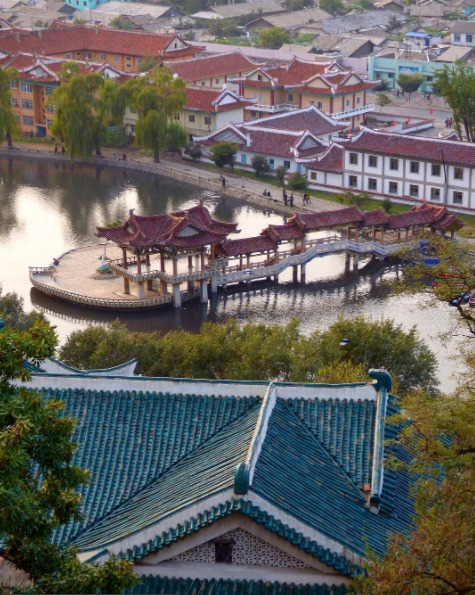

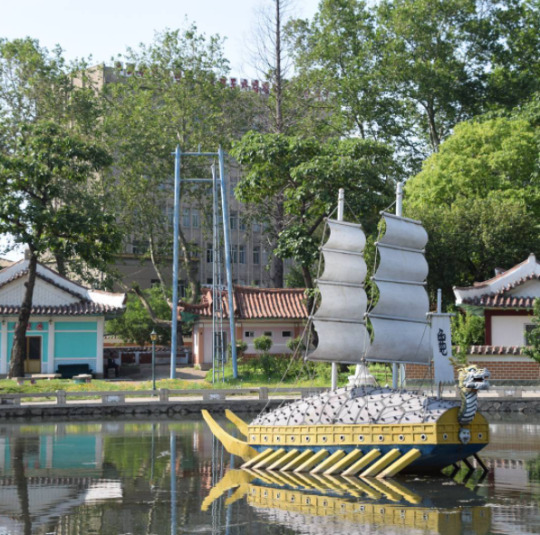
Life outside of the towns and cities
In the rural parts of the DPRK, life primarily revolves around agriculture. As the sanctions they're under make it difficult to acquire fuel, farming in the DPRK relies heavily on manual labour, which again, to avoid food shortages, requires that a large portion of the labour force resides in the countryside.
Unlike what many may think, the reliance on manual labour in farming is a relatively "new" development. Up until the crisis of the 1990s, the DPRK was a highly industrialized nation, with a modernized agricultural system and a high urbanization rate. But, as the access to cheap fuel from the USSR and China disappeared, and the sanctions placed upon them by Western nations heavily restricted their ability to import fuel from other sources, having a fuel-dependent agricultural industry became a recipe for disaster, and required an immediate and brutal restructuring.
For a more detailed breakdown of what lead to the crisis in the 90s, and how it reshaped the DPRKs approach to agriculture, check out this article by Zhun Xu.

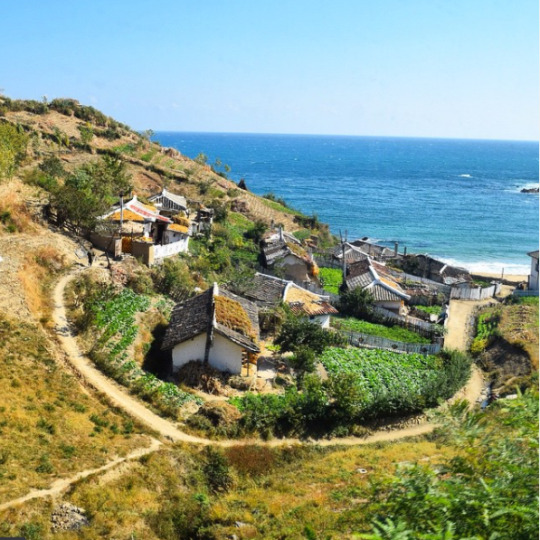
Some typical newly built rural housing, surrounded by farmland.
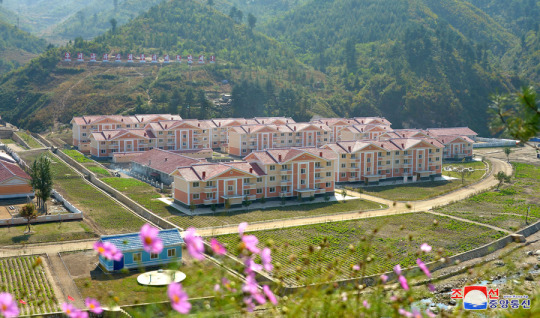
Tumblr only allows 20 pictures per post, but if you want to see more pictures of life outside Pyongyang, check out this imgur album.
#dprk#north korea#i've had this post unfinished in drafts for almost a year#also sorry about the spelling and potential formatting issues it's a nightmare to edit at this point#it was literally just meant to be a collection of picture and then the writing just sort of happened#enjoy the brief heritageposts history lesson i guess
5K notes
·
View notes
Text
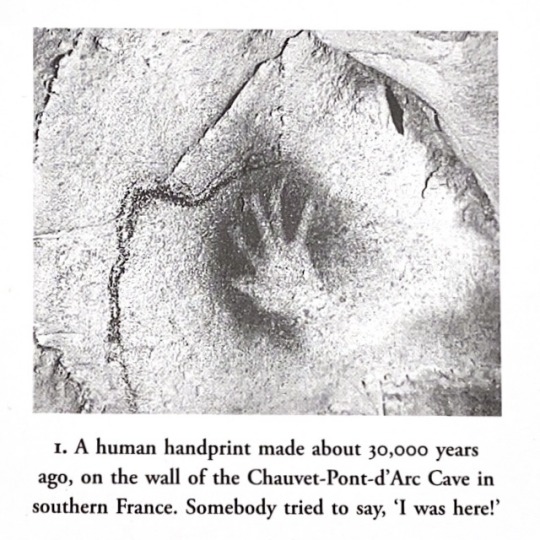
sapiens: a brief history of humankind
#currently reading#booklr#sapiens#sapiens: a brief history of» humankind#yuval noah harari#history#science#nature#literature#humankind#my scan
3K notes
·
View notes
Text
few things are more intriguing to ao3 authors than when that daily kudos email comes through and some random fic has suddenly got a whole bunch of kudos in a single day and you have no idea where everyone came from
#like why were the girlies all feeling a brief history of dragons yesterday#how did you all get here#I wish these things were somehow traceable#I’m too nosy you see I need to know
546 notes
·
View notes
Text

🐉 A Brief History of Dragons by Eyra🐉
I read this fic last summer and it was so pretty. It’s super short and sweet and it was just what I needed at the time. It’s Wolfstar meets Arthurian legend, in a modern AU.
I wanted to do some more book covers for my portfolio, so I made this one.
I want to thank @eyra for the beautiful story, I loved it. This one is for you✨💛


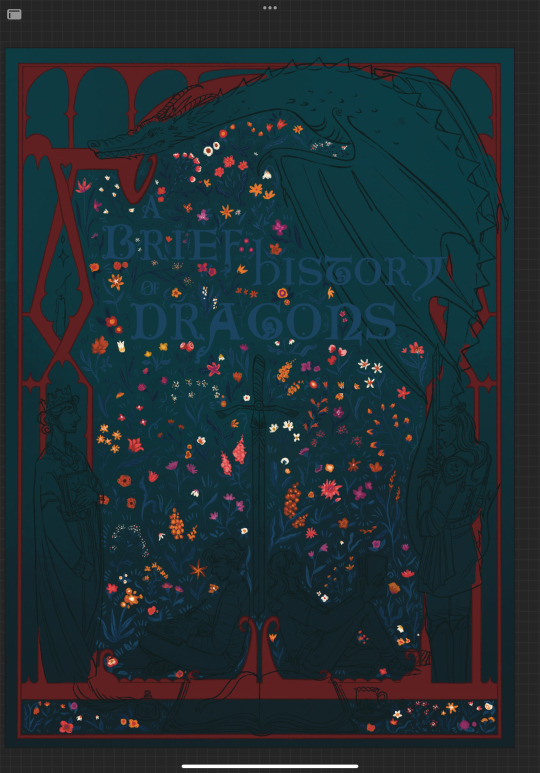
Here’s a little work in progress for this cover.
Ps: I’m working on Andromeda right now, I’ve had a busy week. Hang in there💛
#illustration#illustrator#harrypotteruniverse#hogwarts#characterdesign#characterart#harrypotterart#harrypotterdesign#characterdesignsheets#maraudersera#marauders fanart#marauders modern au#abriefhistoryofdragons#a brief history of dragons#eyra#wolfstar#Wolfstar fic#ao3 fanfic#siriusblack#remus lupin
899 notes
·
View notes
Text
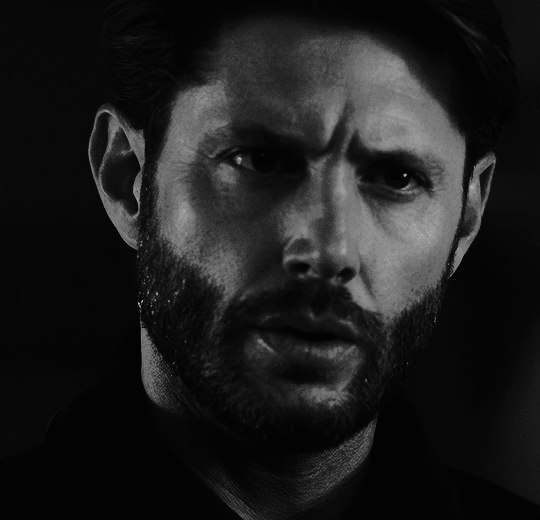
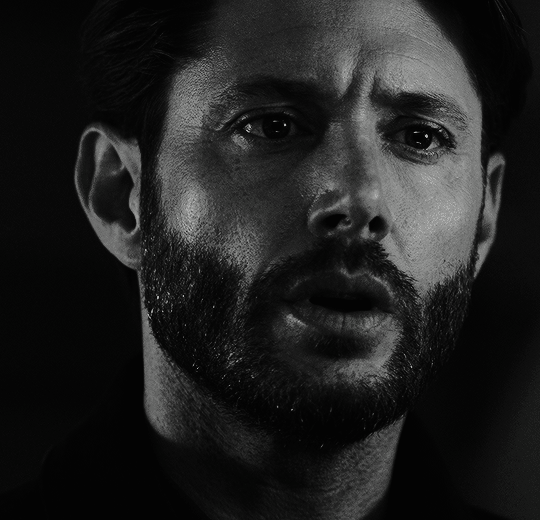
Jensen Ackles as Beau Arlen
BIG SKY: Deadly Trails (2022) | 3.03 – “A Brief History of Crime”
#Jensen Ackles#JensenAcklesEdit#JensenEdit#Beau Arlen#BeauArlenEdit#Big Sky#Big Sky: Deadly Trails#Big Sky 3x03#A Brief History of Crime#My Edits
332 notes
·
View notes
Text

rip to bruce but if i fumbled her i would literally kill myself
#wrote this caption before trying to figure out if the artist intended for this to be a qipao or not#settled on the fact that he did (the mandarin collar sealed it) and spent 2 hour reading a brief history of them#and terminology to try and make an accurate ID but my 'ohmygof she's so fucking hot' got QUICKLY replaced with anger#like in 1930 Shanghai there were so many designs that did feature more form fitting fabric & high side slits#theres so many general gorgeous designs with the elaborate pankous and embroidery and beading that you could of taken inspiration from#and you make it more or less a unitard. you go hm close enough just to sexualize her further#like yeah she's gorgeous my caption stands but the disrespect and disregard is so... you know.#anyways. messy little ramble over. if im bruce wayne im killing myself and also thepankou(.)com has really beginner friendly posts talking#about the history of them & different (general) region styles & the use of qipaos in different media and exhibits. also a GORGEOUS wardrobe#crypt's panels#talia al ghul
227 notes
·
View notes
Text

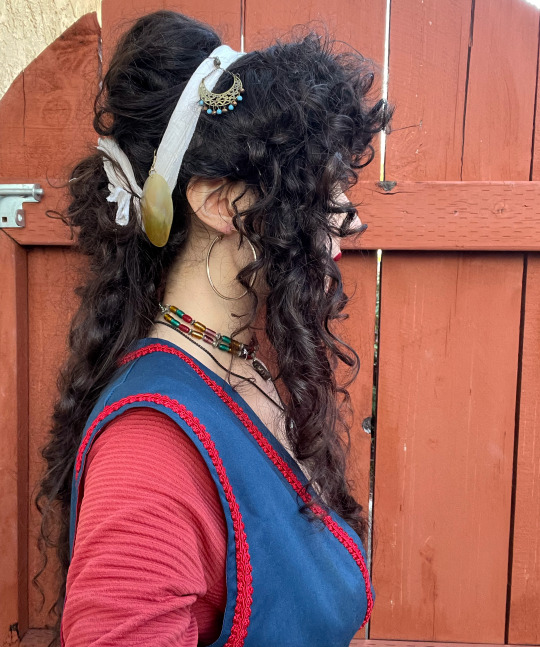


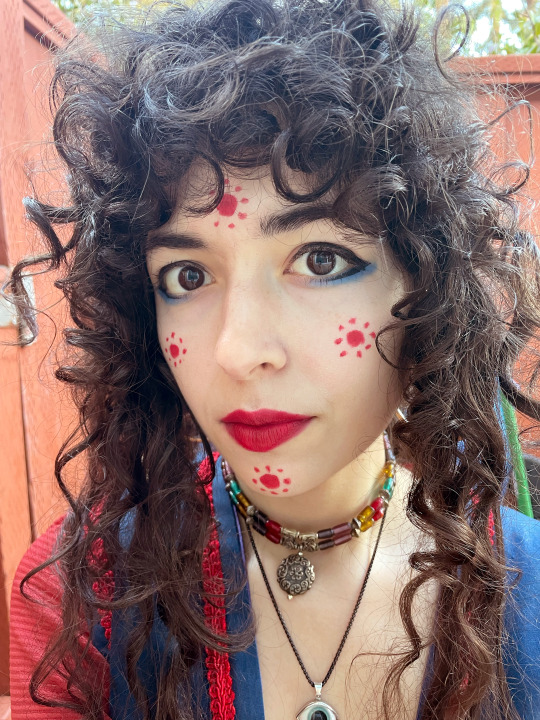

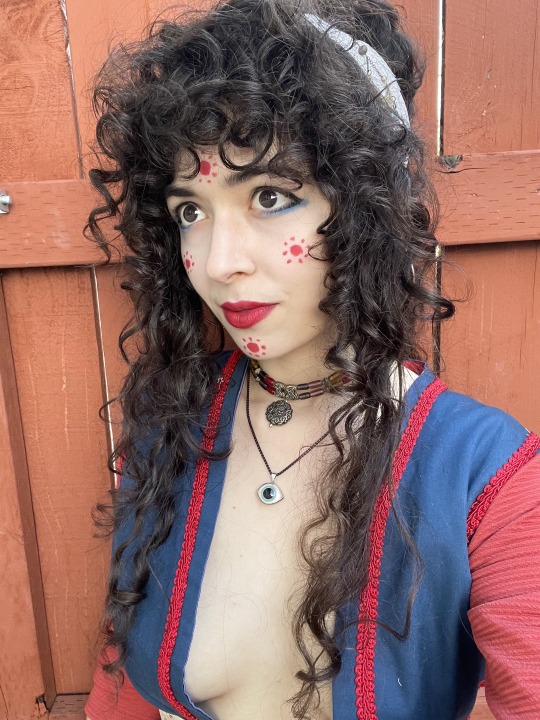
Here are some of the pictures of the Minoan/Mycenaean look I did yesterday! Mind you, it's all very generalized since I haven't made any clothing studies from these time periods yet, so I had just grabbed random clothes and jewelry from my closet that I could at least pass off as the ~vibe~ . I went for a pretty simple interpretation of makeup back then and ended up not really putting a whole lot on my face before the decorative elements, just a very thin amount of white foundation, but even so I figured my skin is pretty pale as it is that if this were historical I probably would have just been fairly bare faced anyway in a similar fashion. I tried to stay pretty close to how makeup might be applied back then and not go too anachronistic, and if I did it was for photographic or artistic purposes (namely, light contouring on my nose not for any sort of like, modern feature minimization, but to make sure my own Greek ethnic features weren't flattened by lighting levels or camera perspective)
Overall this was a really fun exploration of historic culture! Seeing the finished makeup on myself kind of brought over this cultural euphoria for me, even though many things have changed since ancient Mediterranean civilizations, there's almost a feeling of sameness in exploring the history of your heritage and seeing someone who looks or feels like you in ancient art. (But also a brief little disclaimer: the Mediterranean has been an extremely diverse region for thousands of years! I'm just one way of looking and that absolutely isn't representative of all people of Greece, neither then nor now!) I want to explore more historical fashions within this realm, and next time try a more extreme version of the makeup, something that feels more on the ceremonial side than casual like this one.
#wahoo! yippee!!! anywho enjoy and sorry i rambled a lot in the post im not good at being a brief person lol#historical fashion#ancient greece#minoan#mycenaean#greece#greek#history#antiquity#ancient greek#my cosplay
217 notes
·
View notes
Quote
That’s what happens when you personify hopes and dreams in one person. He becomes nothing more than a literary device.
Marlon James, A Brief History of Seven Killings
386 notes
·
View notes
Text


His love 🥺
117 notes
·
View notes
Text

Napoleon Bonaparte in the manga ‘The Rose Of Versailles’
#he only makes a very brief appearance but is certainly very cute and fancy#napoleon#napoleon bonaparte#the rose of versailles#manga#napoleonic#history#French Revolution#frev
153 notes
·
View notes
Text
so i think i have finally put into words why it is always so funny when a court case happens in minecraft, and it’s because court is possibly the most boring thing in the world like 90% of the time. in real life a case like jimmy and joel’s would be like... one of many on the docket in a small claims court everyone is exhausted maybe the briefs would get some coverage on like, “funny law stuff” websites. like. my dad is a lawyer. one of my early memories of “what my dad does for work” was him at home looking at pictures of dirt that he was going to use as evidence in court (because someone had been building with the wrong kind of dirt and they were suing about it). i cannot express enough how fucking boring a court of law usually is, let alone a copyright case in a small claims court.
naturally this makes ‘getting sued’ one of the FUNNIEST THINGS POSSIBLE to do in minecraft, because things that are extremely mundanely boring become HYSTERICAL in a fantasy madcap roleplay set in minecraft. it’s like. what’s next. is jimmy going to establish the minecraft dmv,
#empires smp#joel smallishbeans#jimmy solidarity#like. will they have to find minecraft case history. do they have to find minecraft precedent. do they have to write minecraft briefs#do they do minecraft discovery and minecraft cross-examination#this is what makes this SO FUCKING FUNNY
1K notes
·
View notes
Text
LIES: Palestine is murdering civilians.
TRUTH: Palestine is expelling occupiers.
LIES: Palestine is attacking Israel.
TRUTH: Palestine is standing upon its rights in its own lands.
LIES: Hamas is giving Israel reasons to attack them.
TRUTH: Israel has already been attacking Palestinians without a reason for years. Every resistance counts and weakens Israel.
LIES: Israel is the victim.
TRUTH: Israel is suffering for its sins for the innocent children they have killed.
#free palestine#palestine#and here we are seeing hypocrite peoples posts and how Palestinians are wrong and terrorists#do you even know what you are talking about do you even know the history of these lands#i am sure that you don't bc if you did you wouldn't even dare to open your dirty mouth#it is very tragic how the whole world was playin 3 monkeys when israel was attacking and bombing and killing and raping Palestinians#none of you gave a shit#none of you said a word#ever since i know myself there was pain and blood and tears in Palestine#and the couse was always isarael#ever since i was a kid i protested israel in meetings and press briefings#i have seen the pain of my muslim sisters and brothers i have heard their screams for help#and now this shameless people coming here and saying Palestinians are wrong and they should have picked a more peaceful methods#hah don't make me laugh#what peace are you talking about#whose peace would be a better question actually#why is it okay when muslims are hurting and wrong when others are????#there is hell for israel#it is the only place they can go after all#the bottom of the hell
174 notes
·
View notes
Note
why do people still spread around that yellow is a gl’s weakness if it hasn’t been for like… a while according to some gl fans
Is there a comic that i missed? is it just a weakness that hasn’t been remembered in a while?
Tldr: The yellow weakness has not existed since the establishment of Kyle Rayner as the singular Green Lantern back in 1994.
A brief history of the Green Lantern ring’s yellow weakness
The yellow weakness was introduced in the same issue as Hal: Showcase #22. According to Abin Sur, the former Green Lantern of sector 2814, “once you have the battery you will have power over everything–except what is yellow!” From this point onward, Green Lantern comics would not let you forget this fact with almost every issue saying some variation of “Editor’s note: due to a necessary impurity, Green Lantern’s ring is powerless over anything yellow!” This explanation is similar to one presented in Green Lantern: Emerald Dawn (1990), the post-crisis rewrite of Hal Jordan’s origin with one major change, discussed below.
While Green Lanterns cannot directly affect anything made of yellow (or surrounded by “an invisible yellow aura” such as the Shark), their constructs can indirectly affect yellow objects. For example, Hal would not be able to make a baseball bat to bat away a yellow cloud, but he would be able to make a fan to blow away the yellow cloud. In addition, because yellow is based on how it appears, various tricks are used to make yellow into green.
The yellow weakness is treated as a necessary and essential aspect of Green Lantern lore, and thus not questioned, until the psychodrama arc in Green Lantern (1960) #166 - 170. At this point in the timeline, Hal is well into his “space exile” arc, i.e. the time that the Guardians forbid him from returning to Earth for a year after he put his home life above his responsibilities as Green Lantern. The psychodrama was a way of testing Hal’s loyalty after Myrwhydden, a wizard trapped in Hal’s power ring, put him in a trance like state (Green Lantern (1960) #164). In this “psychodrama”, a rookie Green Lantern dies because her ring is unable to work against yellow. This, in addition to Green Lanterns learning that the Guardians had rings that could work against yellow and was withholding them for an unknown reason, caused several Green Lanterns to rebel against the Guardians. Hal is immediately against these rebel Green Lanterns -showing his utter devotion to the Guardians at this point. Eventually, the rings without a yellow weakness are revealed to make their users evil, and Hal proves his devotion to the Guardians, allowing him to exit the psychodrama. While the exact details are not necessary in this discussion, this is the first time that the yellow weakness is treated as not something completely necessary and more like a conscious choice on the side of the Guardians.
The yellow weakness especially became important at the end of Englehart’s Green Lantern Corps run (Green Lantern (1960) #201-224). At this point, the Green Lanterns agreed to execute Sinestro for genocide, but as they executed him, we learn that a billion years before the Guardians had made a pact that no Guardian or agent of the Guardians (aka the Green Lantern Corps) could murder a male Korugarian without the yellow impurity taking control of the Central Power Battery, causing the destruction of the Green Lantern rings, Oa, and eventually, the Universe itself. When the Green Lanterns execute Sinestro, the Green Lantern power battery almost becomes a black hole that would suck in the whole universe as the yellow impurity takes it over, but Hal Jordan enters the power battery and stops it from exploding.
Now, as I said earlier, in the mid 80s, there began to be question about the true essential nature of the yellow impurity, and this question became full on disbelief in the late 80s/early 90s. In Secret Origins (1986) #36, Hal says, “My ring has a built-in impurity—it won’t function on anything made of yellow! I suppose it’s a safeguard against any one Green Lantern becoming too powerful!” Hal very explicitly believes the yellow weakness was added to stop Green Lanterns from becoming too powerful and this is backed up by the events within the psychodrama and the flashback scenes in Green Lantern (1990) #19. In this issue, we see a flashback to a former Green Lantern of Sector 2814, a Green Lantern with no weakness at all-not to yellow like the corps, not to wood like Alan- who eventually went power-hungry. At this point, we see the wood weakness added to his ring, as the Guardians had already removed the yellow weakness as he was the Greatest Green Lantern of that time.
In the end of 1993/beginning of 1994, Emerald Twilight was published. This story made Hal a living conduit of the ring energy and established Kyle Rayner as the last Green Lantern. The idea that the Guardians added the yellow weakness is the implicit subtext within Kyle Rayner’s run. From issue 51 onward, we see Kyle’s ring is different from the former Green Lantern rings; it has no 24 hour limit, it does not automatically protect the user, and most importantly for this discussion, it does not have a weakness to yellow.
There are a few different theories for why, in universe, this change happened. The most well-support theories are that
A.) Ganthet removed the yellow weakness while reforming the ring, so that the new user would have a chance against Hal.
B.) The Parallax entity leaving the central power battery, and taking root within Hal, caused the necessary impurity to no longer be necessary.
However, the actual reason for the change in universe does not change the fact that the yellow weakness was not necessary, it was imputed as a form of control, and it caused people to die. The yellow weakness has not existed since 1994, outside of flashbacks, but it is still an interesting aspect of Green Lantern history when not reduced to banana jokes.
The reason people still bring it up is because no one reads Green Lantern comics but Green Lantern fans.
88 notes
·
View notes
Text

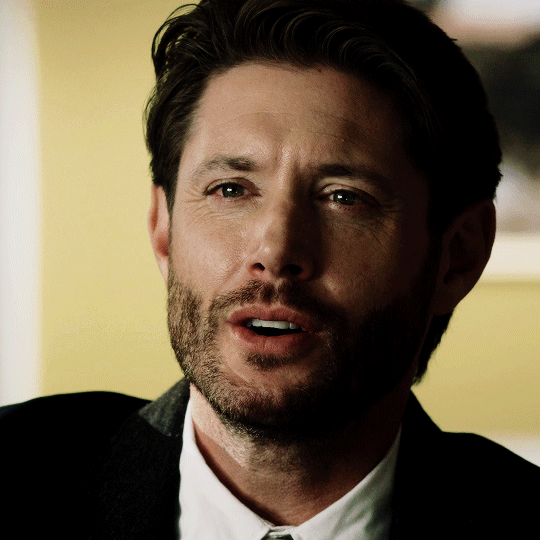
Jensen Ackles as Beau Arlen
BIG SKY: Deadly Trails (2022) | 3.03 – “A Brief History of Crime”
#Jensen Ackles#JensenEdit#Beau Arlen#BeauArlenEdit#Big Sky#Big Sky: Deadly Trails#Big Sky 3x03#A Brief History of Crime#My Edits
315 notes
·
View notes
Note
Hello! In the latest EP of I Feel You Linger in the Air, Yai addresses Jom as Por Jom. Jom seems surprised but I have no understanding of what Por means so it's significance is lost on me. Perhaps you can help shed some light? Also, how was Yai addressing Jom before?
Por/phor honorific in Thai - I Feel You Linger in the Air
I'm glad you asked it so I don't have to.
I have not encountered it before in BL.
Any of the the Thai language spies still out there wanna weigh in?
I did some poking around - but I could be way off base. Still this what I discovered:
Por is a paternal honorific, luang por is used for respected monks.
So I am assuming this use is relatively old fashioned (the reason we don't hear it often in our normal BL) and either one step more intimate or, more likely, one step more respectful than no honorific. Possibly scholarly?
I'm thinking all this has to do with Jom's demonstration of education. Yai has figured out that one of the reasons Jom doesn't belong and cannot fit in with the servants is that he is more educated than a peasant, which adds up to him being originally from a high status and wealthy family, especially speaking English and having travelled (he has a non-Chang Mai accent).
There is very little Thai middle class at the beginning of the 1920s since trade is being dominated/dictated by the West, or Chinese merchant operations, and Siam is a monarchy. So for a nationalize Thai citizen it's either military, landed gentry with trade operations (like Yai), military, or... none of the above. This changes, especially in the south, throughout this decade (as it did in other parts of the world). So there is a rising bourgeoisie going on in the background but it's not that obvious in Chang Mai at this time.
What this means to Yai is that Jom's family either got wiped out or politically entirely disenfranchised possibly as part of the 1912 attempted coups (or even WWI)? This would be mystifying for Yai because Jom doesn't act like he comes from a military family at all. So his background and status is very confusing for Yai, but Yai does know one thing...
Jom is NOT lower class by the standards of Yai's temporal worldview and existence.
For a young man to be educated and yet entirely alone is very dangerous and suspicious. Also, let's be clear, Jom doesn't look or act like a laborer. He red flags "cultured" all over the place.
Yai is paternalistic and caring towards Jom out the gate because Yai has a big ol'crush but also because he recognizes "his own" is trying to survive while isolated and scared. Yai wants to rescue Jom.

Some Historical Context for I Feel You Linger In The Air
I love history and so here's some quick info that any Thai watcher would likely know, but you might not... ready?
Remember:
Burma (Myanmar) to the west is occupied by the British.
The French hold Vietnam to the east.
Everyone is bickering over what would become Cambodia & Laos.
China occasionally gets involved from the North (also, lots of immigrants from China at this time accounting for a large percentage of the merchant/middle class)
Eventually, Japan would invade during WWII.
In part, The Kingdom of Siam was kept a "neutral" party because none of the surrounding colonial powers wanted to risk offending any of the other players in the area.
Siam re-negotiated sovereignty in 1920 (from USA) and 1925 (France & Britain). But during the time of this show (mid to late 1920s) it was back to it's customary type-rope balancing act of extreme diplomacy with the allied western colonial powers that surrounded it. Recognizing that Thailand was never colonized, it's boarders were constantly nibbled at and it was "ambassador-occupied" off and on by Westerners whose military backing and exploitive business concerns simply outmatched the monarchy, especially in the technology department (as well as by reputation on the global stage at the time).
In other words, the farang in this show (James & Robert) are bound to be both the baddies and the power players of the narrative.
The king of Siam at the time (Vajiravudh AKA Rama VI) was initially somewhat popular but also regarded as overly extravagant since Siam was hit by a major postwar recession in 1919. It should be noted that King Vajiravudh had no son because he was most likely gay (which at the time did not much concern Siamese popular opinion, EXCEPT THAT it undermined the stability of the monarchy).
He "died suddenly" in 1925 (age 44) with the monarchy weakened and succession handed off to his younger brother.
In 1932 a small circle of the rising bourgeoisie (all of whom had studied in Europe, mostly Paris), supported by some military, seized power from the monarchy in a practically nonviolent Siamese Revolution installing a constitutional monarchy.
Siam would then go through: dictatorship, WWII, Japanese invasion, Allied occupation, democratic elections, military junta, the Indochina wars, communist insurgency, more democracy and popularization movements, multiple coups, more junta, more monarchy, eventually leading us to the somewhat chaotic insanity of Thai politics we have today. (Which is, frankly, a mix of monarchy, junta, democracy, egocentric popularism, and bribery.)
(source)
#P'ABL gets crazy academic for a moment#a brief history of Thai politics since WWI#Thai BL#I feel You linker in the air#it's a great fucking show but everything makes more sense if you have historical context#thai honorifics#thai language#thai linguistics
195 notes
·
View notes

